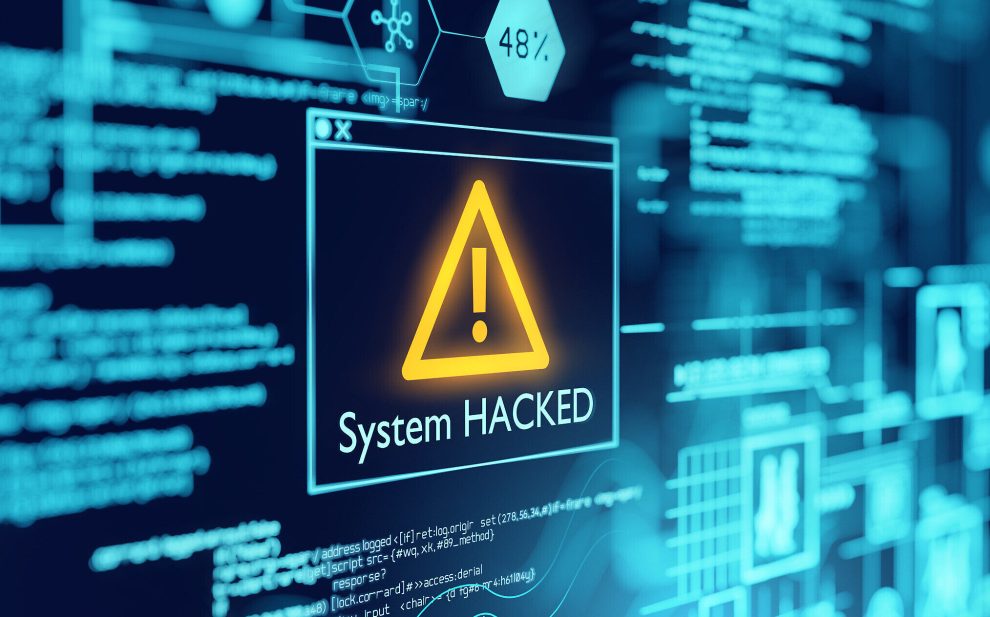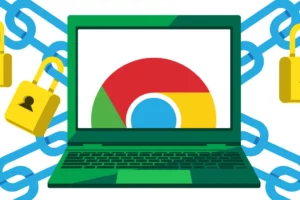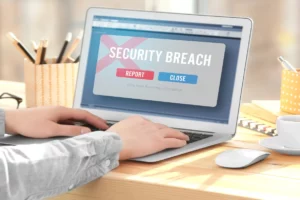Small businesses are increasingly vulnerable to cyberattacks. Despite their limited resources, they are often prime targets for malicious actors seeking sensitive data, financial gain, or operational disruption. To safeguard your small business, it’s essential to prioritize cybersecurity. This comprehensive guide will provide you with practical strategies and best practices to protect your digital assets.
Understanding the Risks
- Common threats: Be aware of the most common cyber threats, such as phishing, malware, ransomware, and social engineering attacks.
- Vulnerabilities: Identify potential vulnerabilities in your systems, networks, and applications that could be exploited by attackers.
- Consequences: Understand the potential consequences of a cyberattack, including financial losses, reputational damage, and operational disruption.
Essential Cybersecurity Measures
- Strong passwords: Encourage employees to use complex, unique passwords and avoid sharing them with others.
- Multi-factor authentication (MFA): Implement MFA to add an extra layer of security to your accounts.
- Regular software updates: Keep your operating systems, applications, and firmware up-to-date with the latest security patches.
- Antivirus and antimalware protection: Install and regularly update antivirus and antimalware software on all devices.
- Firewall: Use a firewall to protect your network from unauthorized access.
- Data backups: Regularly back up your important data to a secure location to prevent data loss in case of a cyberattack.
- Employee training: Educate your employees about cybersecurity best practices and the risks of phishing, social engineering, and other threats.
- Incident response plan: Develop a plan to respond to a cyberattack effectively, including steps to contain the breach, recover data, and notify relevant authorities.
Protecting Your Network
- Secure Wi-Fi: Use strong WPA2 or WPA3 encryption for your Wi-Fi network and avoid sharing your Wi-Fi password with unauthorized individuals.
- VPN: Consider using a virtual private network (VPN) to encrypt your internet traffic and protect your data from being intercepted.
- Network segmentation: Divide your network into smaller segments to limit the potential damage of a breach.
- Access controls: Implement strong access controls to restrict access to sensitive information and systems.
Data Security
- Data encryption: Encrypt sensitive data at rest and in transit to protect it from unauthorized access.
- Data loss prevention (DLP): Use DLP solutions to prevent unauthorized data transfers.
- Regular data reviews: Regularly review your data retention policies and dispose of unnecessary data securely.
Third-Party Risk Management
- Vendor assessment: Evaluate the security practices of third-party vendors and suppliers.
- Contractual requirements: Include security requirements in contracts with third-party providers.
- Regular monitoring: Monitor third-party relationships and assess their compliance with security standards.
Cloud Security
- Cloud provider security: Choose a cloud provider with strong security measures and certifications.
- Data encryption: Ensure that data stored in the cloud is encrypted.
- Access controls: Implement strong access controls for cloud-based resources.
Cybersecurity Insurance
- Coverage options: Consider purchasing cybersecurity insurance to help mitigate the financial impact of a cyberattack.
- Policy review: Carefully review insurance policies to understand coverage limits and exclusions.
Continuous Monitoring and Improvement
- Security monitoring: Use security monitoring tools to detect and respond to threats in real-time.
- Regular audits: Conduct regular security audits to identify vulnerabilities and assess compliance with security standards.
- Incident response testing: Conduct regular incident response testing to ensure that your plans are effective.
- Continuous improvement: Continuously evaluate your security posture and make necessary adjustments to improve your defenses.
By implementing these best practices, small businesses can significantly reduce their risk of cyberattacks and protect their valuable assets. Remember, cybersecurity is an ongoing process, and it’s essential to stay informed about emerging threats and adapt your security measures accordingly.
















Add Comment